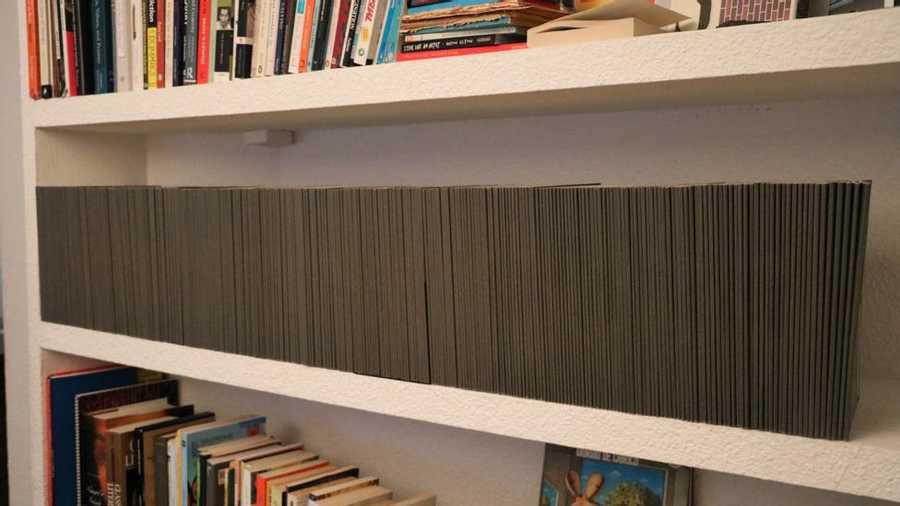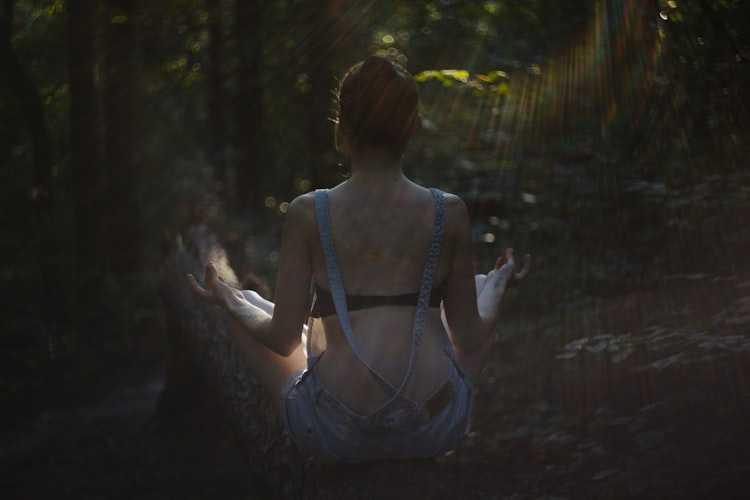Self-Reflection
A process of self-reflection helps you take a third person's perspective on things, making you an outside observer.
Whether it's a daily journal or another life-blogging tool (like a portable camera), these tools help you reflect on your own life at a later stage.
33
276 reads
CURATED FROM
IDEAS CURATED BY
The idea is part of this collection:
Learn more about personaldevelopment with this collection
How to set new goals
How to take action towards a new life
How to create a plan for change
Related collections
Similar ideas to Self-Reflection
Self-Reflection Tips
- Grab a Journal: when you see something, you are able to process it in a different way.
- Schedule uninterrupted time where you have space, feel quiet and can focus.
- Join a group or find someone to do this with.
- Take the stance of a neutral obser...
Creating Room for Reflection
This makes you self-aware and creates space to process and think about what is meaningful and what to avoid absorbing.
How to reduce the egocentric bias
- Develop an awareness of the egocentric bias. It will help you to understand why people act in certain ways.
- Explore alternative viewpoints. Viewing a situation from another person's perspective can reduce the effects of the egocentric bias.
Read & Learn
20x Faster
without
deepstash
with
deepstash
with
deepstash
Personalized microlearning
—
100+ Learning Journeys
—
Access to 200,000+ ideas
—
Access to the mobile app
—
Unlimited idea saving
—
—
Unlimited history
—
—
Unlimited listening to ideas
—
—
Downloading & offline access
—
—
Supercharge your mind with one idea per day
Enter your email and spend 1 minute every day to learn something new.
I agree to receive email updates

